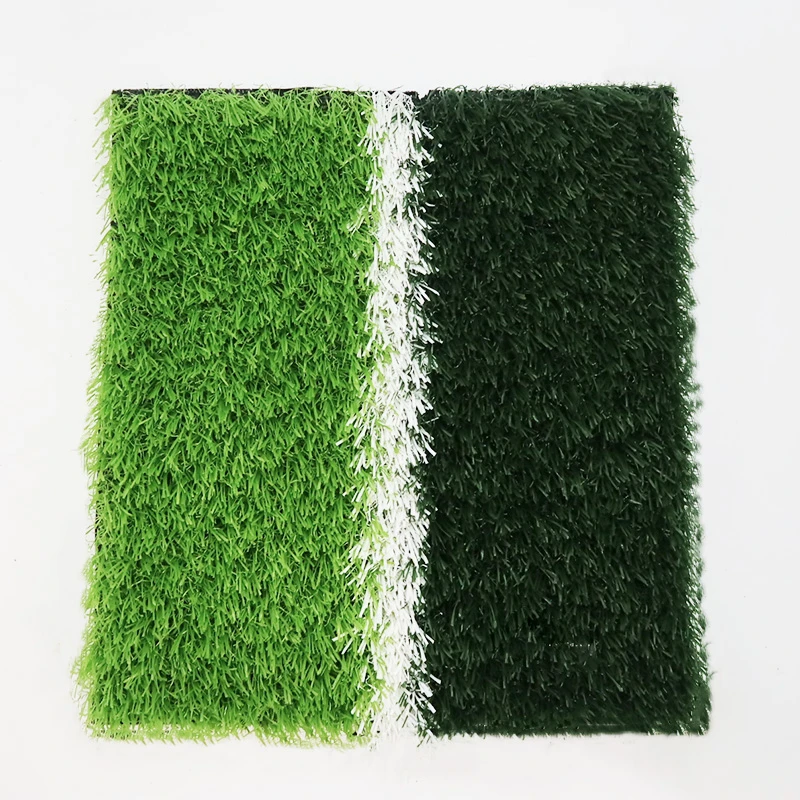
- Afrikaans
- Arabic
- Belarusian
- Bengali
- Czech
- Danish
- Dutch
- English
- Esperanto
- Estonian
- Finnish
- French
- German
- Greek
- Hindi
- Hungarian
- Icelandic
- Indonesian
- irish
- Italian
- Japanese
- kazakh
- Rwandese
- Korean
- Kyrgyz
- Lao
- Latin
- Latvian
- Malay
- Mongolian
- Myanmar
- Norwegian
- Persian
- Polish
- Portuguese
- Romanian
- Russian
- Serbian
- Spanish
- Swedish
- Tagalog
- Tajik
- Thai
- Turkish
- Turkmen
- Ukrainian
- Urdu
- Uighur
- Uzbek
- Vietnamese
Advantages of Soccer Synthetic Grass for Enhanced Playing Experience and Durability
Dec . 31, 2024 16:47 Back to list
The Rise of Synthetic Grass in Soccer A Game-Changer for the Sport
Soccer, often referred to as the beautiful game, is played and adored by millions across the globe. From lush green pitches to intense matches, the surface on which the game is played greatly influences performance and safety. In recent years, synthetic grass has emerged as a revolutionary alternative to natural turf, reshaping how soccer is played and enjoyed at all levels.
Understanding Synthetic Grass
Synthetic grass, also known as artificial turf, is a surface made of synthetic fibers that aims to replicate the look and feel of natural grass. The technology behind synthetic grass has evolved significantly since its inception in the mid-20th century. Initially, artificial turf was criticized for its lack of realism and performance. However, contemporary versions are designed to meet and even exceed the quality of natural grass in terms of playability, durability, and maintenance.
The Advantages of Synthetic Grass
One of the primary benefits of synthetic grass is its durability. Traditional grass pitches are often susceptible to wear and tear, especially in regions with adverse weather conditions. Heavy rainfall can lead to muddy fields, while droughts can cause natural grass to dry out and become brittle. Synthetic grass, on the other hand, remains consistent regardless of weather, maintaining a professional appearance and a playable surface year-round.
Moreover, the maintenance of synthetic grass is notably less labor-intensive compared to natural grass. Natural turf requires regular mowing, watering, fertilizing, and aeration to keep it in prime condition. This can be resource-intensive and costly, especially for clubs operating on tight budgets. In contrast, synthetic grass generally requires only periodic brushing and cleaning, drastically reducing maintenance costs and time.
Another significant advantage is safety. Modern synthetic grass is engineered to provide excellent traction and shock absorption, thereby reducing the risk of injuries. Players are less likely to slip on a well-installed synthetic pitch, and the even surface minimizes the chances of ankle twists and other common injuries associated with uneven natural grass surfaces.
Environmental Considerations
soccer synthetic grass

While synthetic grass has numerous advantages, it also poses environmental questions. Traditional grass fields contribute positively to the environment by promoting biodiversity, improving air quality, and absorbing carbon dioxide. However, the production and disposal of synthetic materials can lead to environmental concerns, including plastic waste.
To address these issues, many manufacturers are now focused on eco-friendly alternatives that utilize recycled materials. Additionally, advancements in technology are leading to innovations that enhance the recyclability of synthetic grass, making it a more sustainable choice in the long run.
Synthetic Grass in Professional Soccer
Top-tier soccer leagues around the world have begun to adopt synthetic grass with increasing frequency. Clubs recognize the advantages of maintaining high-quality playing surfaces that can withstand heavy use. Prominent examples include the use of synthetic grass in stadiums for teams in Major League Soccer (MLS) and various European leagues. These fields not only provide consistent performance but also extend the use of the pitch for multiple events, including training sessions, community games, and other athletic events.
Grassroots Soccer and Synthetic Grass
The impact of synthetic grass is not limited to professional levels; it has also transformed grassroots soccer. As local clubs and schools look for cost-effective solutions to provide safe and playable environments for their young athletes, synthetic grass fields have become an attractive option. This accessibility helps foster a love for the game among youth, promoting health, teamwork, and community involvement.
Conclusion
As the world of soccer continues to evolve, synthetic grass has proven to be a game-changer in the sport. With its numerous benefits—ranging from durability and reduced maintenance costs to enhanced safety—it is poised to play an essential role in the future of soccer. While it does raise environmental considerations, advancements in technology and sustainability practices are paving the way for responsible use of synthetic materials. With synthetic grass, the beautiful game can thrive, ensuring that players at all levels enjoy a safe and consistent playing experience.
-
The Benefits of Artificial Turf for Indoors
NewsJul.15,2025
-
How Artificial Grass Suppliers Ensure Quality Products
NewsJul.15,2025
-
Artificial Grass and Pets: A Space for Relaxation
NewsJul.08,2025
-
Balcony & Outdoor Decoration with Artificial Grass
NewsJul.08,2025
-
Best Indoor Artificial Grass for Home
NewsJul.07,2025
-
Best Pet Turf for Dogs: Safe & Durable Artificial Grass Options
NewsJul.07,2025
Products categories









